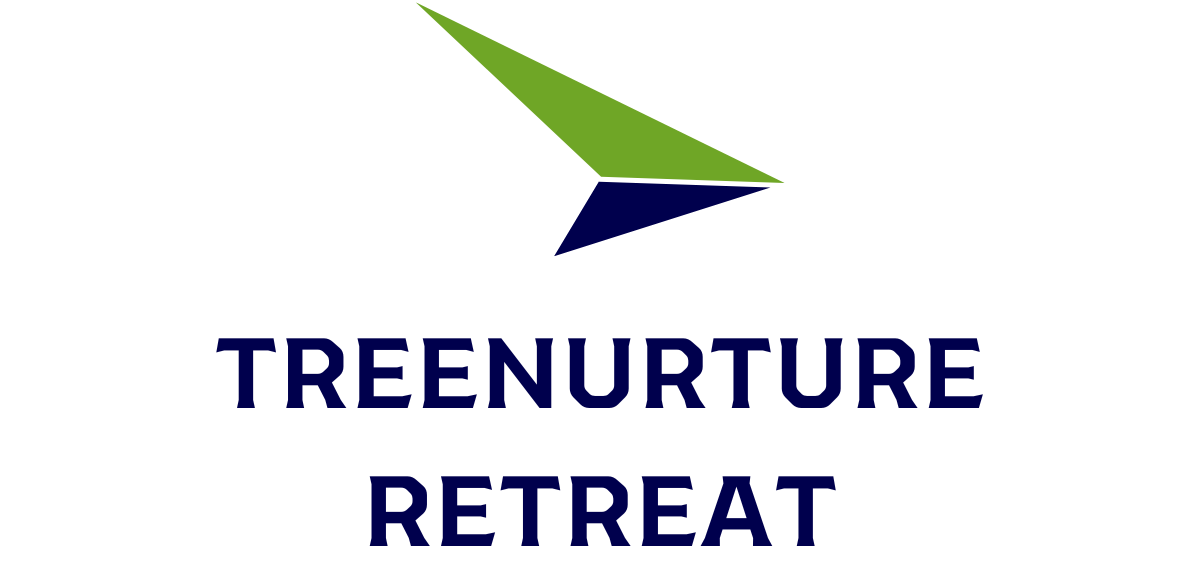In the digital age, navigating the world of Clienage9 can feel like trying to find a needle in a haystack—if that needle were a treasure map and the haystack were a labyrinth of confusing menus. Maps in Clienage9 aren’t just helpful; they’re essential for anyone looking to explore this vibrant landscape. They turn a potential headache into a delightful adventure, guiding users through the twists and turns with the precision of a GPS on caffeine.
Imagine embarking on a quest without a map—chaos, confusion, and possibly a few wrong turns that lead to unexpected encounters. With the right maps, users can unlock hidden gems and navigate challenges with ease. So grab your compass and get ready to chart a course through Clienage9, where every click brings you closer to discovery and every map is a ticket to a new experience.
Overview of Maps in Clienage9
Maps in Clienage9 serve crucial roles in enhancing navigation. They provide detailed layouts, indicating key locations such as landmarks, facilities, and points of interest. Users access interactive features that allow for easy exploration, making it simpler to uncover hidden gems.
Clienage9’s maps update regularly, ensuring users receive the most current information. These maps include various view options, such as satellite imagery and terrain representation, providing users with different perspectives. Highlights marked on maps draw attention to significant areas, guiding users through the terrain effectively.
Legends and symbols clearly represent functionalities, improving user experience when interpreting map data. Community-contributed markers add personal touches, reflecting the experiences of other adventurers and making the maps richer. Finding these contributions enhances a user’s exploration by offering unique insights.
Moreover, tools integrated into the maps, such as search functions and route planners, streamline navigation. Users pinpoint exact locations and find the quickest paths to destinations. Ethereal features, such as augmented reality overlays, enrich the user experience, bridging digital and physical worlds.
Incorporating social sharing options allows adventurers to share their favorite spots with friends and family. Engagement with others promotes a sense of community while enhancing their journey. As users immerse themselves in Clienage9, utilizing maps transforms their exploration into a fully interactive adventure.
Key Features of Maps in Clienage9

Maps in Clienage9 offer various features designed to enhance the user experience and facilitate easier navigation.
Interactive Elements
Interactive elements enrich user engagement. Users can tap on points of interest to access detailed information. Customizable overlays let users tailor their map view according to personal preferences. Markers added by the community highlight unique locations, fostering a sense of discovery. Notifications alert users to nearby events or attractions, promoting exploration. Filters enable users to search for specific categories, streamlining the navigation process. Engaging with interactive features transforms map exploration into an enjoyable and dynamic experience.
User Interface Design
User interface design prioritizes clarity and usability. Intuitive layouts guide users effortlessly through various functions. Contrasting colors ensure essential details stand out, enhancing visibility. Text labels remain concise, providing quick reference points for each feature. Responsive design adjusts seamlessly across devices, ensuring accessibility everywhere. Incorporating user feedback continuously refines navigational efficiency, creating a more satisfying user journey. An organized structure helps users find their way smoothly, making every interaction straightforward and user-friendly.
Advantages of Using Maps in Clienage9
Maps in Clienage9 offer numerous advantages that enhance the exploration process. Users experience improved navigation and a more enjoyable journey throughout the platform.
Enhanced Navigation
Detailed layouts of key sites guide users efficiently through Clienage9. Users locate landmarks and points of interest much easier with interactive features incorporated into the maps. With regularly updated information, everyone accesses the latest data, making navigation seamless. Various view options, including satellite imagery, allow users to adapt their navigation style based on preference. Highlighted pathways ensure clarity and ease when traveling through the terrain. Legends and symbols present clear representations of functionalities, allowing users to navigate confidently.
Improved User Experience
The user interface design prioritizes clarity and usability with an intuitive layout. Contrasting colors enhance visibility, helping users to navigate without confusion. Notifications about nearby events and customized overlays promote greater exploration. Users receive tailored suggestions that enrich their experience and encourage visits to lesser-known areas. Feedback from users is continuously incorporated, refining navigational efficiency with each update. Accessibility across devices ensures that anyone can use the maps, contributing to a satisfying exploration journey in Clienage9.
Limitations of Maps in Clienage9
Despite their usefulness, maps in Clienage9 come with certain limitations that users should be aware of.
Accessibility Issues
Accessibility challenges exist for some users navigating Clienage9 maps. Certain features may not cater to individuals with visual impairments or limited mobility. Inconsistent device compatibility can hinder user experience, as some older devices struggle to display interactive elements effectively. Limited offline functionality poses another obstacle, making map access difficult in areas with poor connectivity. Additionally, not all areas may receive adequate representation in the map’s layout, which can lead to confusion. Users relying heavily on GPS may find their navigation impacted in regions with reduced satellite signals.
Data Accuracy Concerns
Data accuracy remains a significant concern for users. Outdated information can lead to frustration, particularly when trying to locate specific landmarks or services. Community-contributed markers may lack verification, introducing potential inaccuracies into the mapped content. Frequent updates are essential for ensuring the reliability of data; however, these updates can lag behind rapid changes within Clienage9. Users may encounter discrepancies in points of interest, leading to miscalculations in travel time or route planning. Continuous monitoring of data quality is necessary to improve user trust in the maps provided.
Conclusion
Maps in Clienage9 serve as indispensable tools that elevate the exploration experience. They not only simplify navigation but also open doors to hidden treasures within the environment. With features designed to enhance user engagement and accessibility, these maps adapt to the needs of various adventurers.
Despite some limitations, the continuous updates and community contributions ensure that users can rely on accurate and current information. As technology evolves, the potential for maps in Clienage9 will only expand, making exploration more interactive and enjoyable. Embracing these innovative tools can transform any journey into a memorable adventure filled with discovery and excitement.

